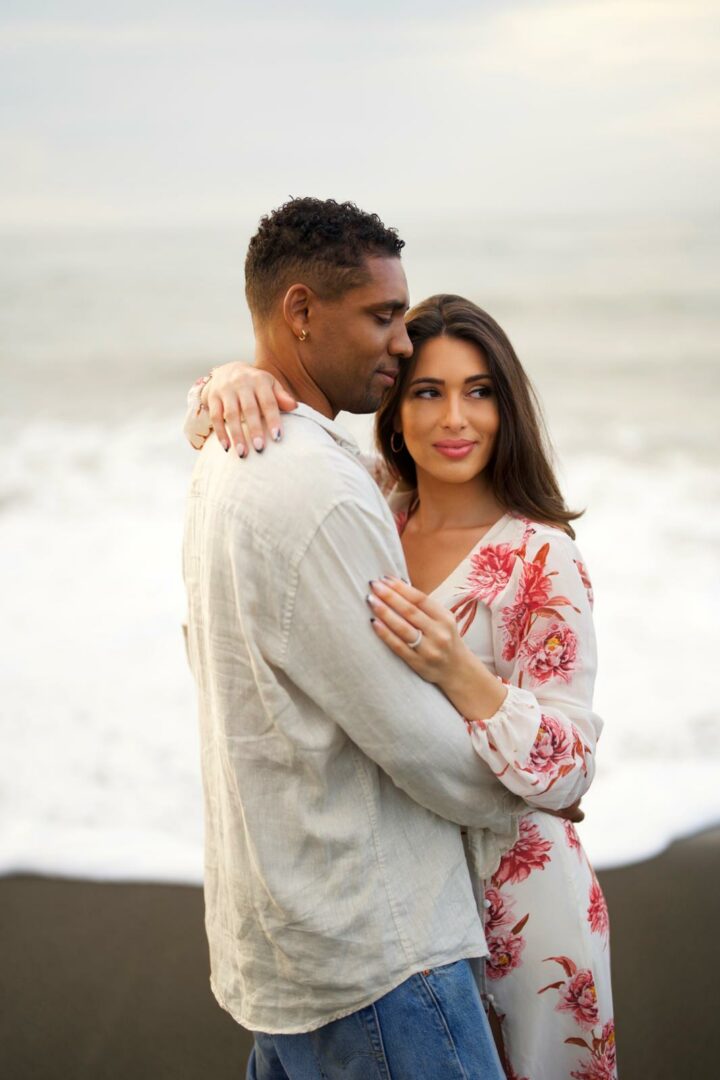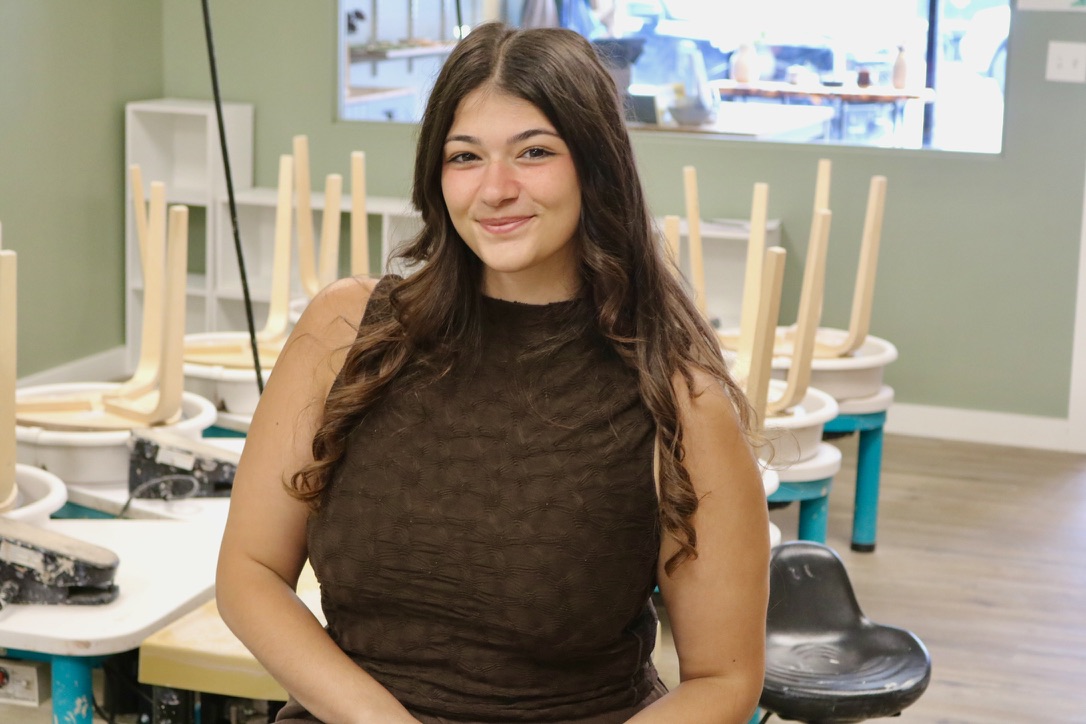We’re excited to introduce you to the always interesting and insightful Dino Dokoza. We hope you’ll enjoy our conversation with Dino below.
Dino, appreciate you making time for us and sharing your wisdom with the community. So many of us go through similar pain points throughout our journeys and so hearing about how others overcame obstacles can be helpful. One of those struggles is keeping creativity alive despite all the stresses, challenges and problems we might be dealing with. How do you keep your creativity alive?
Creativity in routesetting is essential, and I keep it alive by constantly exposing myself to new ideas, movement styles, and challenges. One of the most effective ways is by climbing regularly and testing different styles—whether in my own gym or during freelance projects across Europe. Experiencing different gyms and their unique approaches to routesetting helps me think outside the box.
Collaborating with different setters allows me to exchange ideas and push the boundaries of movement design. Working with diverse teams brings fresh perspectives and encourages me to experiment with new sequences and hold placements.
Beyond climbing, I find inspiration in unexpected places—watching movement-based sports, analyzing body mechanics, and even observing how kids naturally approach climbing. Experimenting with hold placement, wall angles, and route sequences keeps the creative process fresh.
Finally, I embrace challenges. Competition setting, where problems need to be both entertaining and fair across multiple skill levels, forces me to innovate. Testing and refining each route until it flows naturally while still presenting a challenge is where my creativity thrives the most.

Great, so let’s take a few minutes and cover your story. What should folks know about you and what you do?
I am a professional routesetter specializing in bouldering gyms and competitions. Over the past several years, I’ve worked as a head routesetter and freelance setter across Europe, focusing on creating engaging, dynamic, and movement-driven climbing experiences.
What makes my work exciting is the ability to shape how climbers interact with the wall. Routesetting is more than just placing holds—it’s about designing movement, testing limits, and providing challenges that push climbers to think and move differently. Every boulder problem tells a story, and my goal is to make each one unique, fun, and inspiring.
In addition to routesetting, I have my own brand, Lito, where I focus on shaping holds and developing innovative climbing concepts. I’m also involved in organizing events, consulting for gyms to improve their setting systems, and working on new projects that enhance the climbing experience.
I’m currently looking to expand my freelance routesetting work and collaborate with more gyms across Europe to bring fresh, high-quality setting to their walls.
For those interested in my work, you can check out my Instagram @dino.routesetting to see more about what I do. I’m always open to new opportunities and collaborations in the climbing industry!

There is so much advice out there about all the different skills and qualities folks need to develop in order to succeed in today’s highly competitive environment and often it can feel overwhelming. So, if we had to break it down to just the three that matter most, which three skills or qualities would you focus on?
1. Creativity & Movement Understanding
Routesetting is an art as much as it is a technical skill. Understanding how movement flows and how different body types interact with holds is crucial. I’ve developed this through years of climbing, experimenting with hold placement, and testing my routes extensively.
For those starting out, it’s important to spend time observing how different climbers approach problems. Climb as much as possible, try different styles, and challenge yourself with unusual moves. Thinking outside the box when setting and not being afraid to make mistakes is key—testing and adjusting is part of the process.
2. Problem-Solving & Adaptability
Every wall, hold, and climbing style presents new challenges. A good setter must be able to adapt, whether it’s adjusting a climb for safety, making a move more intuitive, or working within a gym’s specific needs.
Staying open to feedback is essential. Watching how climbers interact with your problems and tweaking your setting accordingly can significantly improve the quality of the routes. Working with different setters and learning how they approach challenges is one of the best ways to grow.
3. Physical & Mental Endurance
Routesetting is physically demanding, and being able to maintain focus and energy throughout long setting sessions is essential. It also requires a strong mental game—trusting your instincts, dealing with pressure (especially in competition setting), and balancing creativity with functionality.
Taking care of your body is crucial. Strengthening your shoulders, core, and grip helps manage the workload. Mentally, embracing the learning curve and accepting that some days will be frustrating is part of the process. Every mistake is a lesson that contributes to growth.
For those starting their journey in routesetting, the best approach is to set often, climb more than you set, and stay open to learning. The best setters are always evolving!

How would you spend the next decade if you somehow knew that it was your last?
One of the biggest challenges I am currently facing is balancing my freelance routesetting work with long-term projects, personal goals, and family life. As a professional routesetter, I travel frequently to different gyms, which is exciting but also demanding in terms of time management and physical effort. Finding the right balance between consistency in my work, professional growth, and spending quality time with my family is something I am continuously working on.
I am also a father to a wonderful two-year-old daughter, and being present in her life while managing my career is both a challenge and a motivation. Routesetting requires a lot of physical effort and mental creativity, so making sure I have enough energy for both my work and my family is something I focus on daily.
Another challenge is the evolution of modern routesetting. Climbing styles are constantly changing, and the expectations from climbers and gym owners are increasing. Staying ahead of trends, adapting to new hold shapes, and ensuring my setting remains fresh and engaging requires continuous learning and innovation.
Additionally, I am working on expanding my brand, Lito, where I focus on shaping holds and developing new ideas for climbing movement. Managing this alongside my day-to-day routesetting requires careful planning and organization.
Despite these challenges, I see them as opportunities to improve, adapt, and grow—just like in climbing, problem-solving is part of the fun!
Contact Info:
- Instagram: @dino.routesetting

Image Credits
Plina Chuiko (@chuiko_polly) – my colleague and friend, responsible for the beautiful photos.
so if you or someone you know deserves recognition please let us know here.




